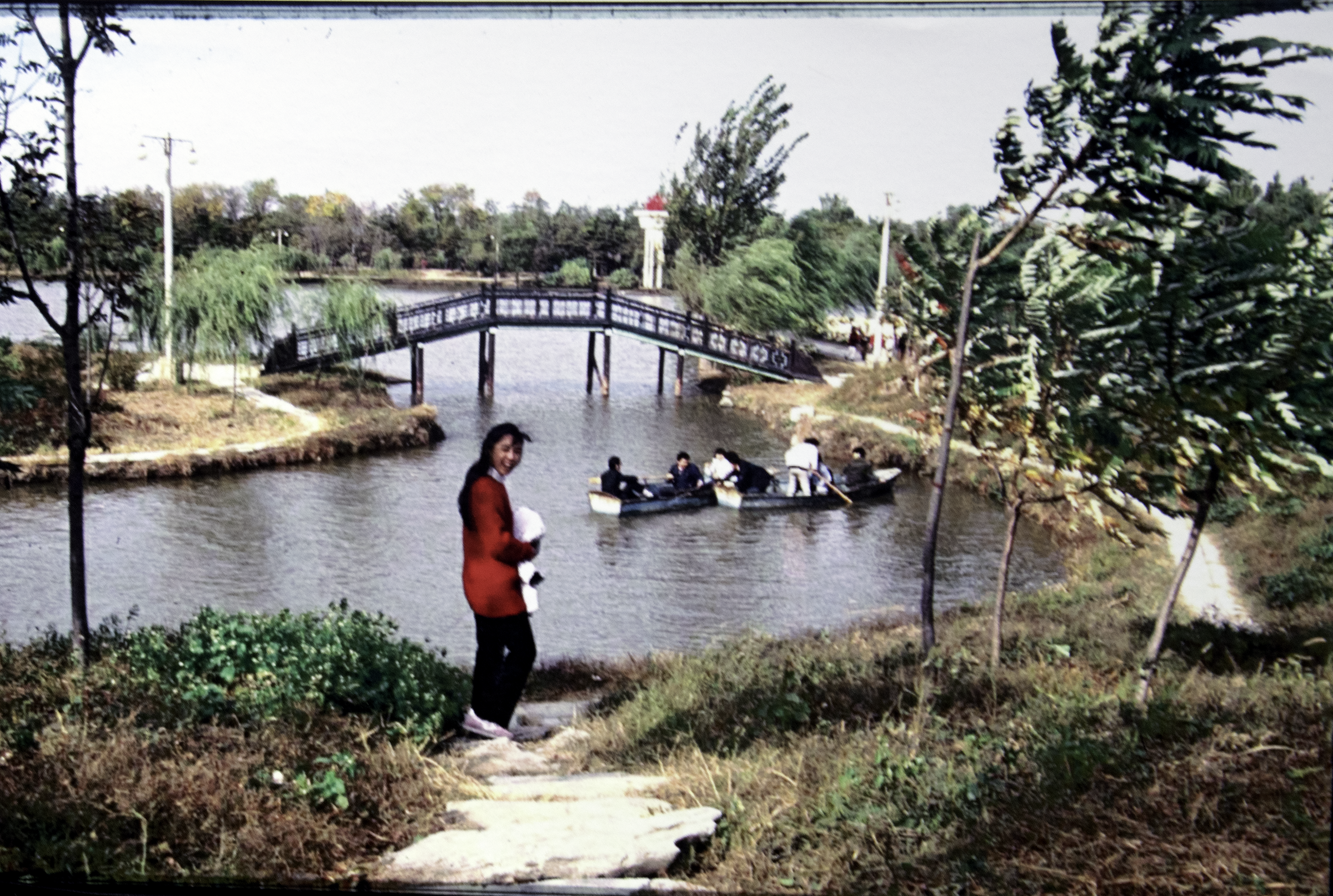IN THE northwest of Beijing is a park full of strange ruins. It is called Yuan Ming Yuan. The ruins are from an imperial palace that was destroyed by European troops at the end of the second Opium War in 1860. The park looks exactly like the old Willow Pattern we all know from grandma’s plates, and may well have been the model for it – with shimmering lakes and little bridges to pavilion-crowned islands. Hundreds of willow trees line the margins of the lakes, their fronds dipping towards the water.
I walked there once with a Chinese girl called Hong, and I recited for her a little poem I remembered from childhood, about the Willow Pattern plate:
Two pigeons flying high,
Chinese vessel sailing by.
Weeping willow hanging o’er,
Bridge with three men
If not four.
‘You say ‘weeping willow’? Hong asked. ‘We also think they are sad – because they mean farewell to us. See how those willow branches droop down and move in the breeze? For us they are lovers waving farewell with their long imperial sleeves.’[*]
[*] I described this experience in my novel, Song of Tiananmen Square, so, if it seems familiar, that’s why.
